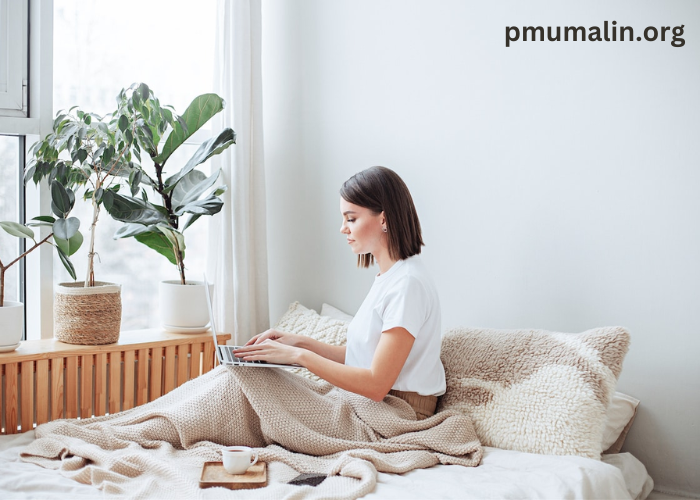In today’s fast-paced world, where digital distractions and material abundance can often overwhelm, the principles of mindfulness and minimalism offer a refreshing path to a more balanced and fulfilling life. By integrating these two approaches, individuals can cultivate a lifestyle that emphasizes presence, simplicity, and intentionality. Here’s a closer look at how mindfulness and minimalism can work together to help you craft a more balanced modern lifestyle. Discover the latest fashion trends and beauty tips on ValentinaMidgetxo. Your go-to destination for style inspiration and lifestyle advice.
Understanding Mindfulness
Mindfulness is the practice of being fully present in the moment, paying attention to your thoughts, feelings, and surroundings without judgment. Rooted in ancient Buddhist traditions, mindfulness has gained widespread popularity in the modern world for its benefits on mental and emotional well-being. Practicing mindfulness involves techniques such as meditation, deep breathing, and mindful observation, all of which help you to slow down, reduce stress, and enhance overall clarity and focus.
Embracing Minimalism
Minimalism is a lifestyle philosophy that advocates for simplifying one’s life by reducing physical and emotional clutter. The core idea of minimalism is to focus on what truly matters by eliminating excess and non-essential possessions, commitments, and distractions. By doing so, individuals can create more space—both physically and mentally—for what brings genuine joy and fulfillment.
The Synergy Between Mindfulness and Minimalism
When combined, mindfulness and minimalism create a powerful framework for achieving a more balanced lifestyle. Here’s how these two principles complement each other:
- Clarity of Purpose: Mindfulness helps individuals become more aware of their values and priorities. When practiced regularly, it encourages a deeper understanding of what is truly important, making it easier to align with minimalist principles. This clarity helps in making intentional decisions about what to keep or discard in your life.
- Intentional Living: Minimalism emphasizes living with intention by focusing on quality over quantity. Mindfulness enhances this by teaching you to be present and deliberate in your choices, whether it’s in how you spend your time or how you curate your possessions. This intentionality leads to a more meaningful and satisfying life.
- Reduced Stress: Both mindfulness and minimalism contribute to stress reduction. Mindfulness practices help manage stress and anxiety by promoting relaxation and presence. Minimalism reduces stress by eliminating clutter and distractions, creating a more peaceful and organized environment. Together, they foster a calm and composed state of mind.
- Enhanced Focus and Productivity: A minimalist environment free from unnecessary distractions supports better focus and productivity. Mindfulness complements this by training your mind to stay present and attentive, further enhancing your ability to concentrate on tasks and goals.
Practical Tips for Integrating Mindfulness and Minimalism
- Start Small: Begin by incorporating mindfulness into your daily routine through short meditation sessions or mindful breathing exercises. At the same time, start decluttering one area of your life, such as your living space or digital devices, to gradually embrace minimalism.
- Mindful Decluttering: When decluttering, apply mindfulness by reflecting on your emotional attachment to items and how they impact your well-being. Ask yourself if each possession adds value to your life or if it simply occupies space.
- Create Mindful Spaces: Designate areas in your home or workspace that are free from clutter and distractions. Use these spaces for mindfulness practices or relaxation to reinforce the connection between a minimalist environment and mental clarity.
- Prioritize Self-Care: Both mindfulness and minimalism emphasize the importance of self-care. Schedule regular time for mindfulness practices and simplify your schedule to make room for activities that nurture your well-being.
- Reflect Regularly: Take time to reflect on how mindfulness and minimalism are impacting your life. Adjust your practices and lifestyle choices as needed to ensure they continue to support your goals for a balanced and fulfilling life.
Conclusion
Incorporating mindfulness and minimalism into your lifestyle can lead to profound changes in how you experience and navigate the modern world. By fostering presence and simplicity, these principles help create a life that is not only balanced but also deeply satisfying. As you embark on this journey, remember that crafting a balanced lifestyle is an ongoing process. Embrace the journey with patience and openness, and allow mindfulness and minimalism to guide you toward a more intentional and harmonious life.
